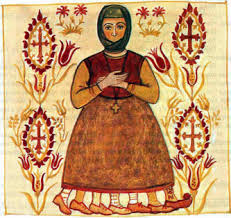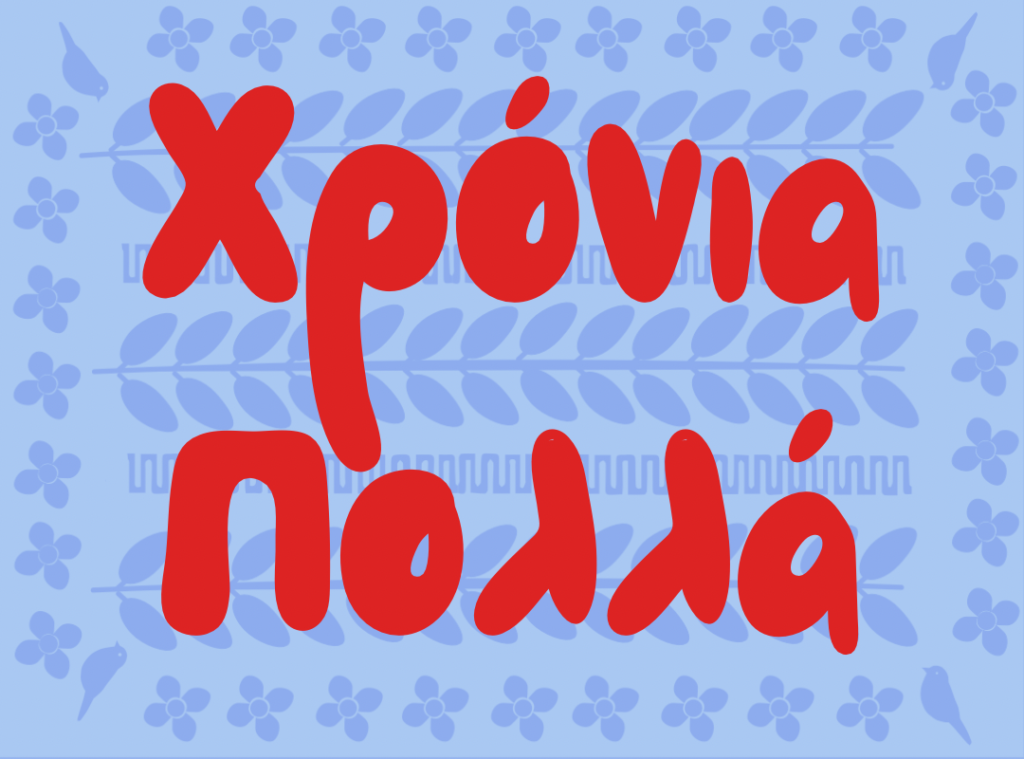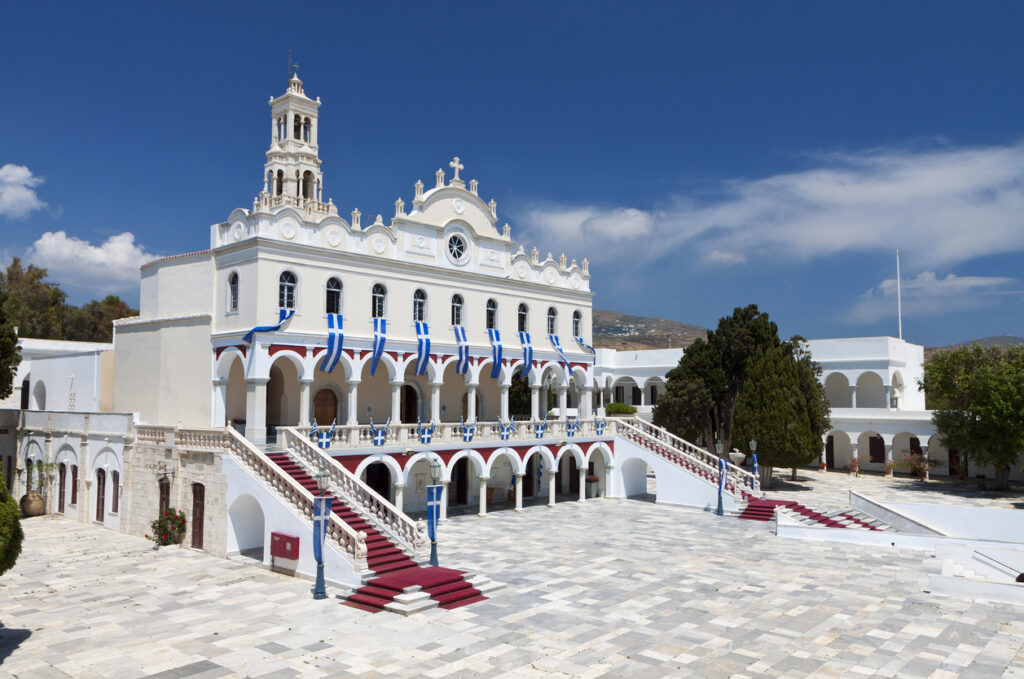Lent is a deeply significant time in the Greek Orthodox faith, marked by fasting, prayer, and preparation for Easter. One of the most unique and lesser-known traditions of this period is Kyra Sarakosti (Κυρά Σαρακοστή), an old folk custom that serves as both a calendar and a reminder of the spiritual journey of Great Lent.
The Origins of Kyra Sarakosti
Kyra Sarakosti, meaning “Lady Lent,” is a symbolic figure that dates back centuries in Greek tradition. Before modern calendars were widely available, families used this handmade figure to count down the weeks leading to Easter. She is usually depicted as a woman with no mouth (symbolizing fasting), her hands crossed in prayer, and seven legs—each representing one week of Lent.
Every Saturday, one leg is cut off as a countdown to Easter. The last remaining leg is either hidden in a dried fig or bread, and the person who finds it is said to receive a blessing for the year.
The Meaning and Purpose of Kyra Sarakosti
Kyra Sarakosti is more than just a visual calendar; she represents the core values of Lent:
• Fasting – Her missing mouth signifies abstinence from food indulgences.
• Prayer – Her folded hands symbolize the importance of devotion and reflection.
• Discipline – The gradual removal of her legs reminds people of the journey toward Easter, reinforcing patience and self-control.
In many Greek households, especially in villages, Kyra Sarakosti was drawn on parchment or crafted from dough, making her an interactive and educational tool for children.
Making Your Own Kyra Sarakosti
You can create your own Kyra Sarakosti at home in a fun and meaningful way:
1. Paper Version – Draw a simple woman figure with seven legs, cut off one each week.
2. Dough Version – Make a simple salt dough Kyra Sarakosti, bake it, and use it as a decorative countdown.
3. Digital Version – Get creative by designing Kyra Sarakosti on a tablet and marking the weeks digitally.

Recipes for Lent with Kyra Sarakosti in Mind
Since Kyra Sarakosti represents fasting, here are a few classic nistisima (fast-friendly) Greek recipes to enjoy during Lent:
1. Revithada (Greek Chickpea Stew)
A slow-cooked dish of chickpeas, onions, olive oil, and lemon juice—simple yet nourishing.
2. Taramosalata (Fish Roe Dip, Vegan Alternative Possible)
A smooth dip made from tarama (fish roe), blended with bread, lemon, and olive oil. A vegan version can be made with mashed potatoes instead of fish roe.
3. Lagana (Greek Lenten Flatbread)
A sesame-topped flatbread traditionally eaten on Kathara Deftera (Clean Monday), the first day of Lent.
As you count down to Easter, embrace this beautiful tradition to make Lent more meaningful and engaging for the whole family!
Kyra Sarakosti Song
I found two versions of a song related to this tradition, one in Greek and one in English, but strangely enough they are not transliterations of each other.
Η κυρά Σαρακοστή (Greek Version)
Την Κυρά Σαρακοστή
που ‘ναι έθιμο παλιό
οι γιαγιάδες μας την φτιάχναν
με αλεύρι και νερό.
Για στολίδι της φορούσαν
στο κεφάλι ένα σταυρό
μα το στόμα της ξεχνούσαν
γιατί νήστευε καιρό.
Και τις μέρες τις μετρούσαν
με τα πόδια της τα επτά
κόβαν ένα τη βδομάδα
μέχρι να ‘ρθει η Πασχαλιά!
“Lady Sarakosti, an old tradition,
Our grandmothers made her
With flour and water.”
“As an ornament, they placed
A cross upon her head,
But they forgot her mouth,
For she fasted long ahead.”
“And the days were counted,
By her seven little feet,
One was cut each week,
Till Easter she would meet!”
Here is the English one I found.
Kyra Sarakosti,
no mouth has she,
she neither talks nor eats.
She has no ears, she does not hear
gossip or idle speech.
Upon her chest, her crossed hands rest,
all day Christ she entreats.
And seven feet, no more, no less,
has she to count the weeks.
Each Saturday we cut away
one of her seven feet.
The last we hide someplace inside
some fruit or nuts or treats.
The one who finds “ΤΟ ΤΥΧΕΡΟ”
receives good luck in heaps!
It didn’t match the Greek one so I asked ChatGPT where it came from. Here is what she told me:
Summary of This Version:
• No mouth or ears → Emphasizes fasting and avoiding gossip.
• Hands crossed → Symbolizes prayer and devotion.
• Seven feet → Represents the weeks of Lent, with one removed each Saturday.
• The last foot is hidden → A variation of the tradition where the last leg is placed in food (fruit, nuts, or treats), and the person who finds it receives “good luck.” (to tyxebpo)
Possible Origins of This Version
This adaptation seems to be created for English-speaking audiences, likely as a way to teach Greek traditions to diaspora children or non-Greek speakers in Orthodox communities. It aligns with the educational versions found in Greek Sunday schools and cultural programs.




